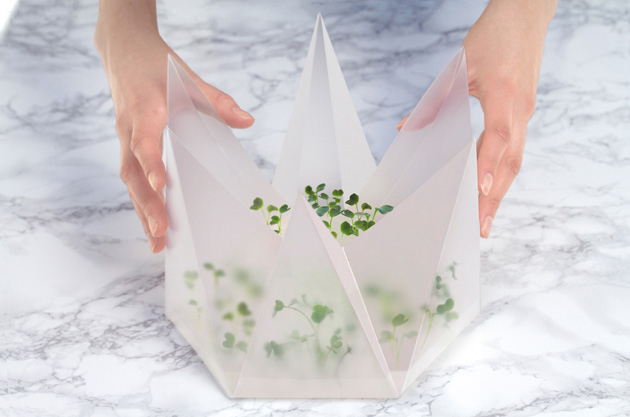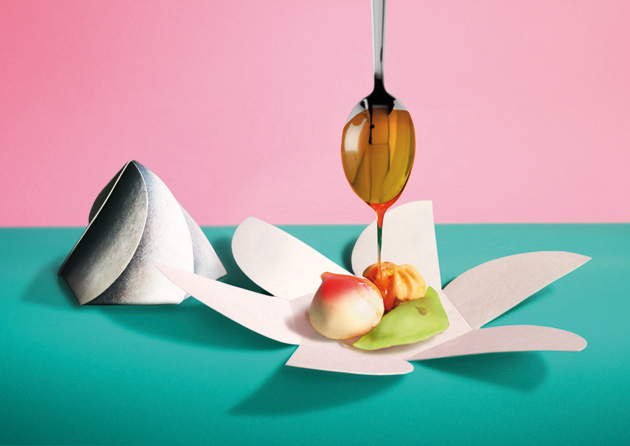
In his 1964 essay “Le geste et la parole”, the French anthropologist Leroi-Gourhan outlined the basis for a new perspective on social sciences: the archaeology of gestures. Man’s evolution, according to Leroi-Gourhan, was mainly connected to the conquest of the upright position and the collateral development of manual coordination. Even if it is impossible to determine the way our ancestors moved their hands, artefacts can help us to investigate it retrospectively. In a functionalist perspective, the form of an object follows the way we interact with it; that’s why its affordances have frozen hominids’ gestures, offering an insight about their habits and their material constraints.
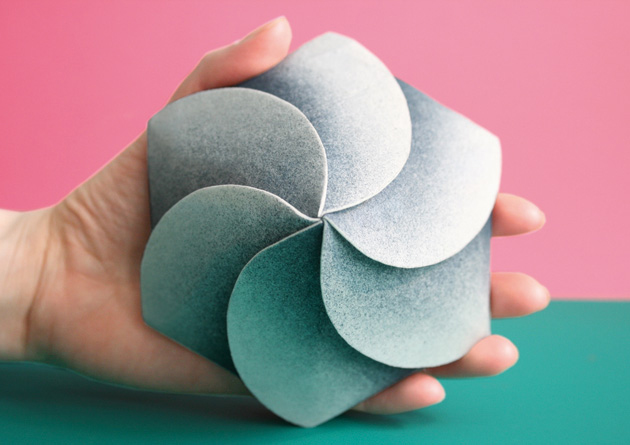
As time went by, mutations in our gestures got more and more conditioned by social conventions. The establishment of good manners, in facts, has progressively codified the way we deal with objects, and have become stricter as we get closer to the quintessential social activity, dining. “Don’t drink from the bottle”, “Sip from the side of a spoon”, “Don’t push your plate away when you’re finished”, are just a few examples of social obligations that influence our gestures and our relationship with objects.
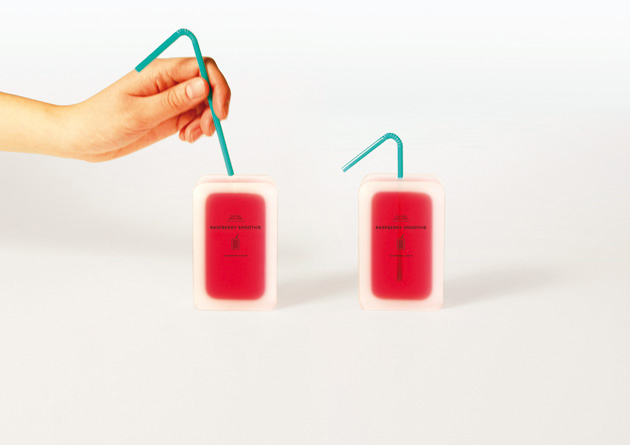
Going back to our days, it’s the evolution of packaging in its most surprising and futuristic shapes that is challenging the way we handle food and tableware. Tomorrow Machine, a Swedish product design studio founded by Hannah Billqvist and Anna Glansén, is drastically reconsidering the way we wrap and consume our courses. Their innovative concepts are deeply motivated by an environmental concern: waste (and plastic) reduction is an issue that should engage everybody, with a particular reference to designers themselves, whose work has a clear social responsibility.
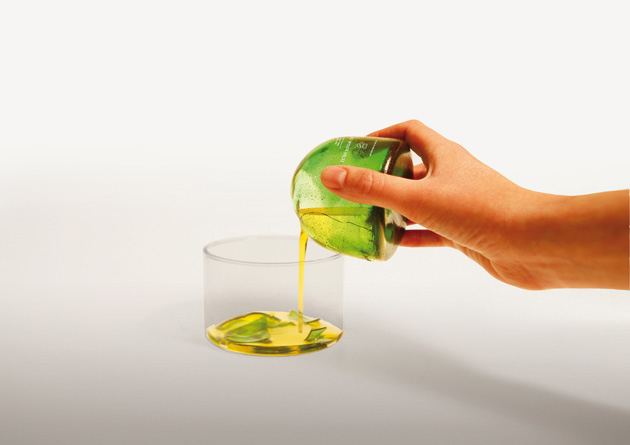
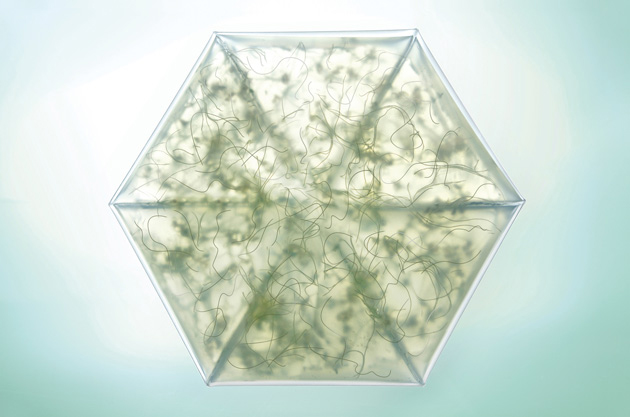
Nevertheless, their research encompasses a clear aesthetic dimension and touches the way we are supposed to touch and eat food in a social perspective. In their “This Too Shall Pass” collection, every package naturally decomposes or dissolves in water, thanks to the use of wax-coated caramelized sugar or agar seaweed gel. Thus, it implies a different manipulation: we are not only invited to break the packaging as if we were eating a soft-boiled egg, but also to dispose it in a different way, taking for granted that it disappear in the kitchen sink without our intervention. What a big difference from current etiquette: not only the contact between food and hands is going to become inevitable, but also the break of a container is soon going to become socially acceptable.
